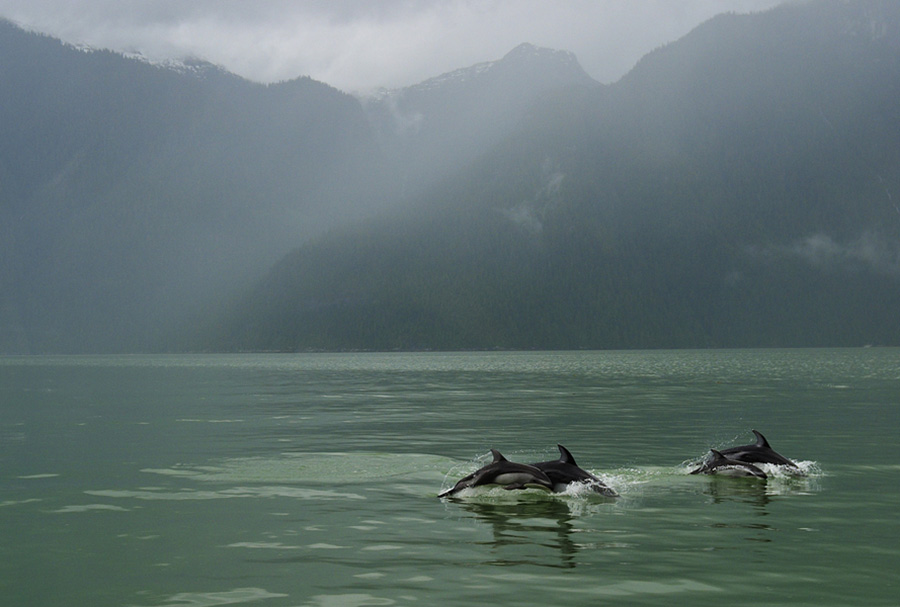How The Big Melt Will Change Life for People and Nature
As BC’s coastal mountain glaciers recede the effects alter ecosystems. Can human engineering begin to compensate? Second in a series.

[Editor’s note: To read the first instalment of The Big Melt, a special Tyee series, go here.]
When William Glendale was 10-years-old, his logger father was away for work so much, he bought his son a boat and a .30-30 rifle. “My father told me, ‘When your mom wants fish, go fishing. When she wants meat, go get her a deer.’” Sixty years later, no one knows Knight Inlet better than William Glendale — a Hereditary Chief with the Da’naxda’xw/Awaetlala First Nation, whose traditional territory includes the upper portion of the inlet. (The Mamalilikulla and Tlowitsis First Nations have territories overlapping the inlet out towards Johnstone Strait.)
Knight Inlet is the deep glacial fjord that receives the melting waters of the Klinaklini Glacier on B.C.’s central coast. As long as the Klinaklini Glacier has existed, Glendale’s forebearers have lived in its proximity.
But their future is cast in shadow by research led by B.C. glaciologist Brian Menounos, a professor at University of Northern British Columbia and a Hakai Institute affiliate. As the first story in this series explained, their findings show that the last two decades have been disastrous for western North America’s mountain glaciers, particularly for those on the south and central Coast Mountains, including the Klinaklini Glacier — the largest glacier in western North America south of the Alaskan border.
…click on the above link to read the rest of the article…